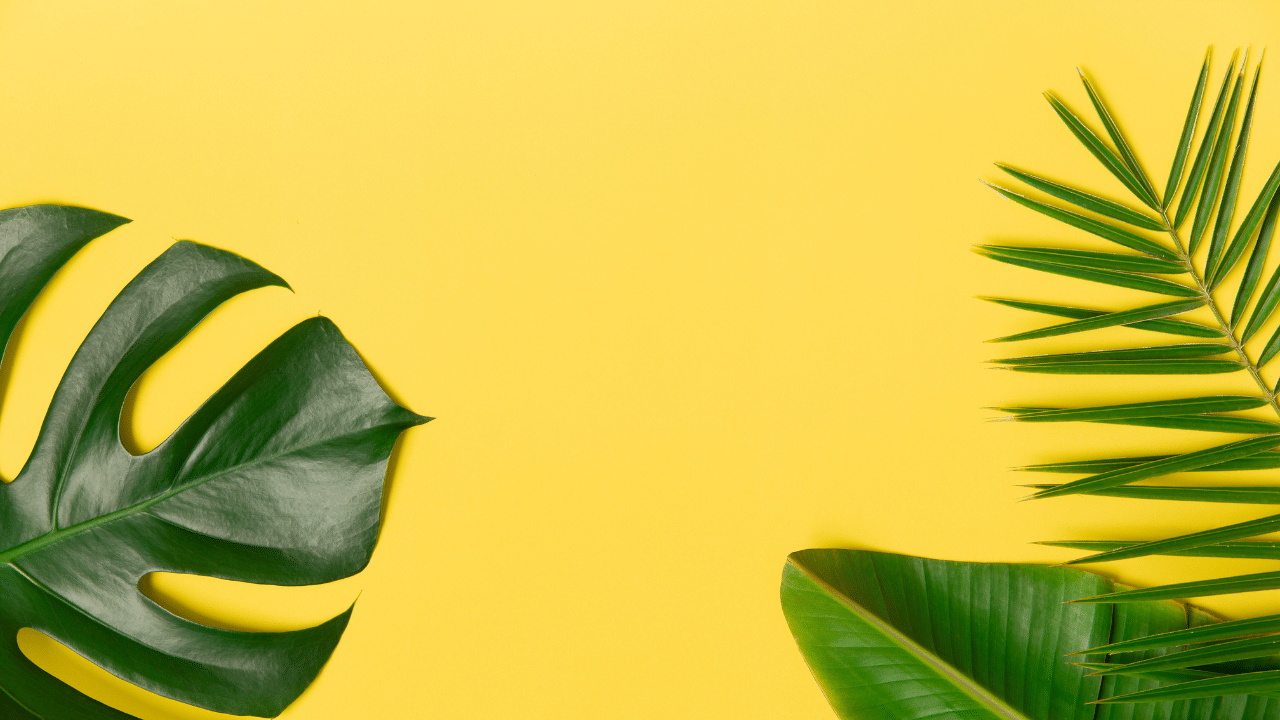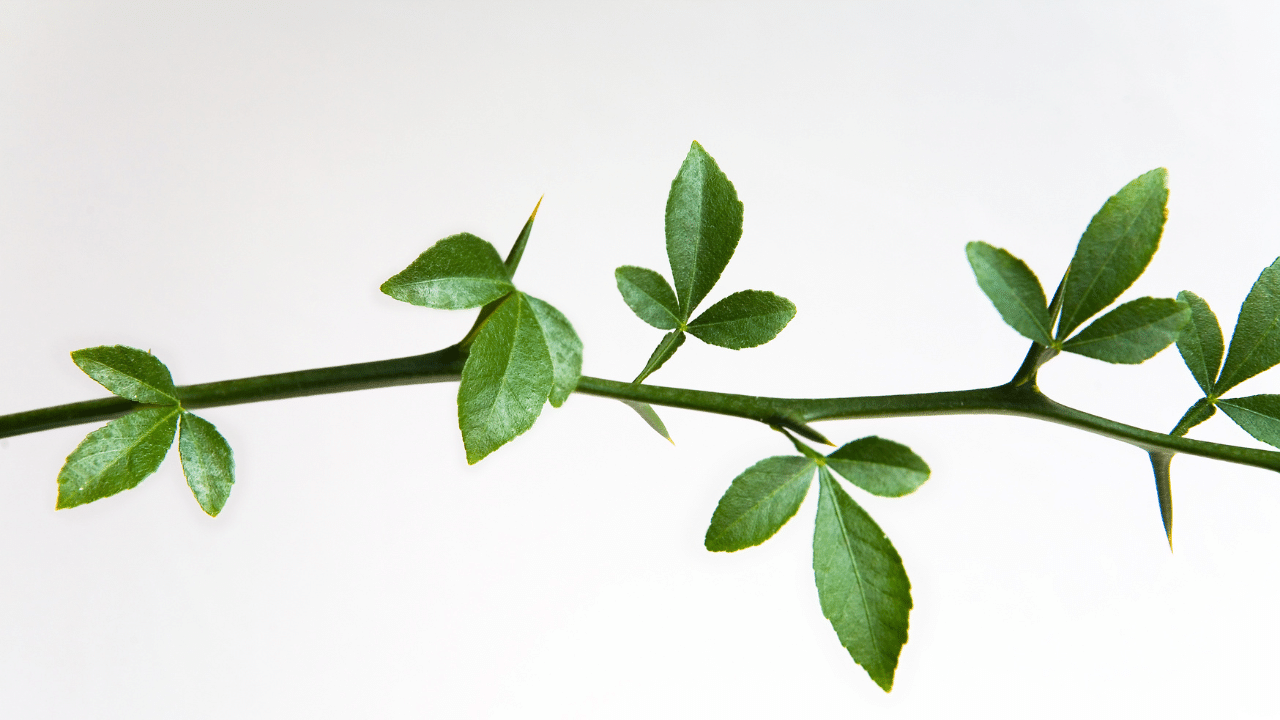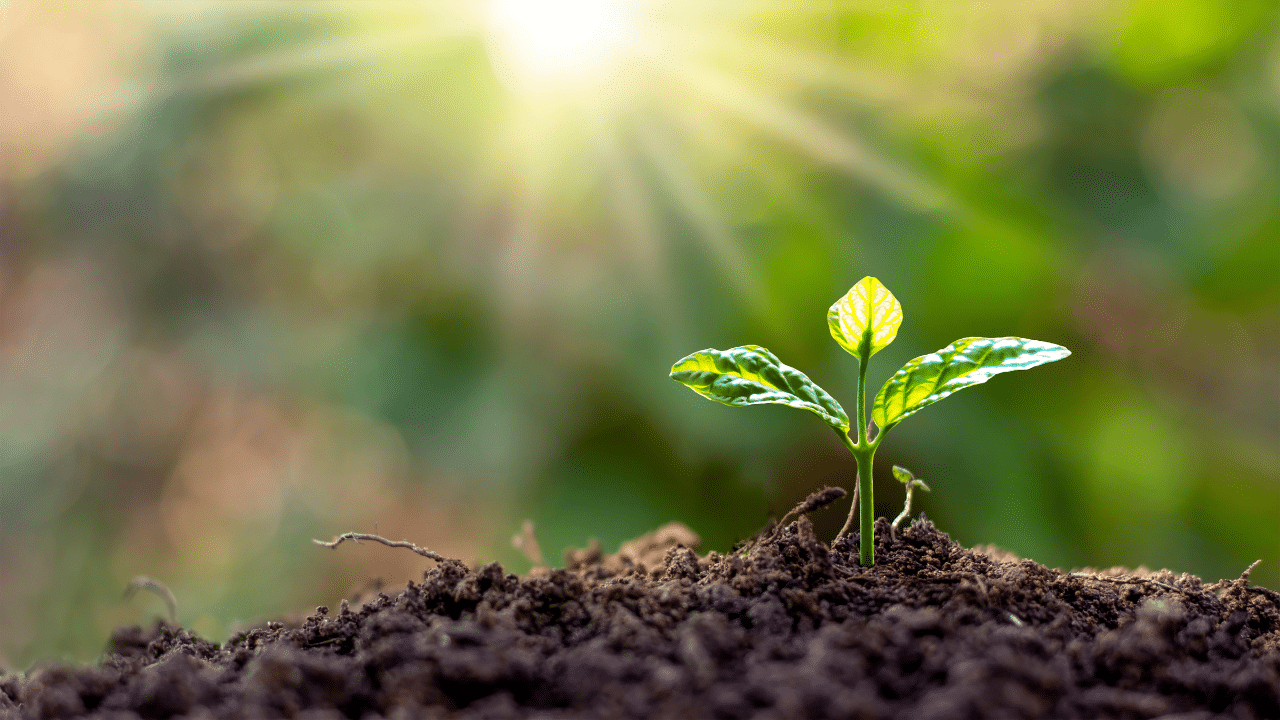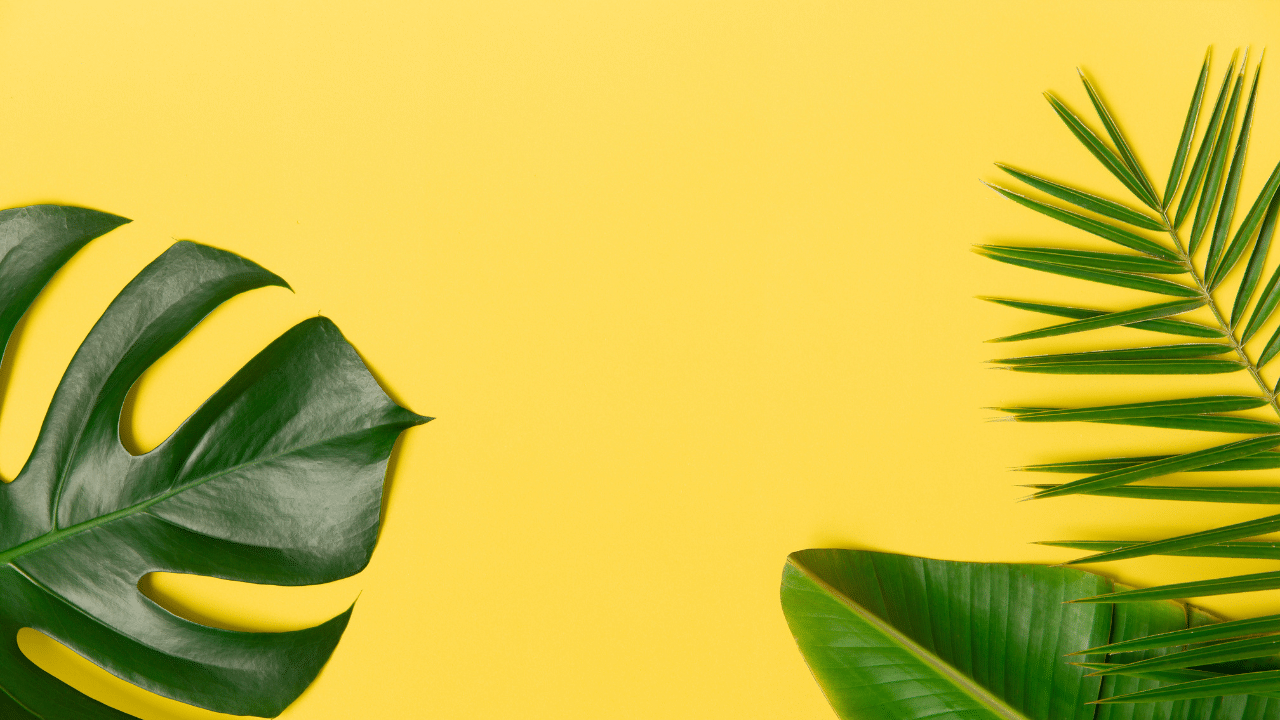Want to know more about plants?
Have you ever come across an amazing plant and wondered what it is? If so, technology can be your ally! In this post, we’ll explore the best free plant identification apps, such as iNaturalist, PictureThis, and PlantNet. We’ll compare the features of each, from ease of use to the unique features they offer. Ready to find out how to name your green companions? Let’s get started!

Seek App
What are the best free apps for identifying plants?
There are three great free apps for identifying plants: iNaturalist, PictureThis, and PlantNet. Each has unique features that cater to different interests and needs.
Adverts
O iNaturalist is a fantastic option, especially for nature lovers. Developed in collaboration with National Geographic and the California Academy of Sciences, it not only identifies plants, but also animals and fungi. When you take a photo, the app uses artificial intelligence to make a preliminary identification, which can then be reviewed by other users in the community. In addition to learning, you contribute to the monitoring of global biodiversity.

iNaturalist
On the other hand, the PictureThis is a favorite among beginner gardeners. With a user-friendly interface, it offers quick and detailed identifications, as well as care tips, toxicity alerts and watering reminders. If you are one of those people who forget to water your plants, this feature can be a lifesaver!
Adverts
Finally, we have the PlantNet, which excels at identifying wild plants. Ideal for botany students and hiking enthusiasts, the app allows you to contribute photos to its ever-evolving database. In addition to being an identification tool, it is an interactive way to learn about natural flora.
Choosing the right app depends on your passion: explore the world of nature with iNaturalist, get valuable tips for caring for your plants with PictureThis, or immerse yourself in the study of wild plants with PlantNet.
How does each app help with plant identification?
Plant identification apps have revolutionized the way we learn about the flora around us. Let’s explore three of the best: iNaturalist, PictureThis, and PlantNet.
What are the identification processes on iNaturalist?
iNaturalist uses artificial intelligence to provide initial identification of plants, animals and fungi from photos. After the image is uploaded, the community of users reviews and validates the suggested identities. This not only helps with identification but also contributes to biodiversity monitoring. It is a way for citizens to come together for the sake of nature.
What information does PictureThis provide?
PictureThis shines when it comes to providing detailed information about plants. In addition to quickly identifying the species from the image, the app offers care tips, gardening suggestions, and even toxicity alerts. For those who have a green thumb at home, this app is perfect, as it makes it easier to manage plants with reminders about watering and necessary care.
How does PlantNet contribute to learning botany?
PlantNet is specifically focused on identifying wild plants, making it a valuable resource for botany students and outdoor enthusiasts. Users are encouraged to upload their own photos to enrich the app’s database, promoting citizen science projects. This not only helps identify species, but also educates users about natural flora.
These apps not only make plant identification easier, but they also make the experience collaborative and educational. If you’re curious to learn more about any of the apps mentioned, just click here here for more information.
What features do apps offer for taking care of plants?
Modern botany apps are not just tools for identifying plants, but also offer amazing features that can make caring for them easier. Let’s explore some of these features.
How do I receive plant care reminders?
Many apps, like PictureThis, offer the option to set reminders for your plants. This means you can schedule reminders to water, fertilize, or even repot your beloved plants. This is super useful for those who are new to gardening or those who live on the go.
What gardening tips are available?
In addition to reminders, most apps include valuable gardening tips. For example, PictureThis provides guidance on the best practices for caring for each type of plant. This can include information on light, humidity, and even choosing the best fertilizers. Having access to this type of information can make all the difference in the success of your garden.
How do toxicity alerts help users?
If you have pets or small children at home, toxicity alerts offered by apps like PictureThis are a real lifesaver. These alerts inform users whether a plant is toxic, helping them avoid unwanted accidents. This not only promotes safety, but also provides peace of mind for plant lovers who want to make sure their home is safe.
In short, features like care reminders, gardening tips, and toxicity alerts make the best botany apps essential for anyone who wants to care for their plants safely and effectively. Want to learn more? Check out the additional information in our sources, such as the ones below here.
How can I contribute to the plant identification community?
Contributing to the plant identification community can be a very rewarding opportunity. Citizen science plays a key role here. Apps like iNaturalist, PictureThis and PlantNet allow anyone to get involved. By sharing your observations, you help build a collective database that enriches knowledge about global flora. Citizen science is not just about identifying plants; it’s also about engaging and sharing your discoveries with other enthusiasts.
An effective way to contribute is to submit photos and information about the plants you have found. This can be easily done on the platforms mentioned above. By submitting your images, you not only enrich the databases, but you can also receive feedback from other users, which is a great way to learn more. It is a collaborative cycle: your contributions help others, while you also benefit from this exchange of information.
Participating in community projects brings a number of benefits. You expand your knowledge of botany, meet people with similar interests and, as a bonus, you also help in the conservation of species. In addition, being active in identification communities can lead to discoveries about native plants and even endangered species. If you are interested and want to know more about how to do this, check out this link which details more about plant identification initiatives in communities.
Get involved, share your experiences and be part of this learning network!
What are the challenges and limitations of plant identification apps?
Plant identification apps offer a convenient way for users to connect with nature, but they face challenges. One of the main challenges is identifying species correctly. Often, due to visual similarities between different plants, the app can provide inaccurate results, especially if the captured image is not clear or if the plant is in a different stage of growth. These factors make it difficult to distinguish between varieties that look similar.
The accuracy of the apps can also be affected by the quality of the images. Blurry or poorly lit photos tend to lead to identification errors. In addition, the databases used by the apps, which are based on user contributions and available images, may not have complete information on all species, limiting their effectiveness. Therefore, relying entirely on the app without critical analysis may result in errors.
Users often report frustrations with the limitations of these apps. They often mention that while the apps are useful, botanical knowledge is still required to confirm identifications. Sometimes the initial identification may be correct, but the recommended plant care may not apply to all subspecies.
It is essential to consider these limitations when using identification apps. While they are valuable tools, it is always a good idea to supplement your information with additional research or consult experts when necessary. For more information on the terms of use, see este link.
Conclusion
Plant identification apps like iNaturalist, PictureThis, and PlantNet offer practical solutions and unique features that make both plant identification and care easier. Each has its own advantages, such as care reminders and access to botanical information. While there are challenges in identifying plants accurately, participating in collaborative projects strengthens the community and contributes to ongoing learning. In short, these apps not only enrich our knowledge, but also bring botany lovers together, making gardening more accessible and fun.
FAQ
FAQs about Plant Identification Apps
What are the best free apps for identifying plants?
In the world of apps, the best ones are iNaturalist, PictureThis and PlantNet. Each one offers different functions: iNaturalist focuses on biodiversity; PictureThis is ideal for gardening beginners and PlantNet is perfect for identifying wild plants.
How does iNaturalist help with plant identification?
iNaturalist uses artificial intelligence to identify plants, animals and fungi from photos. After uploading, the community reviews the suggested identities, promoting learning and monitoring of biodiversity.
What features does PictureThis offer?
PictureThis provides quick and detailed plant identifications, as well as gardening tips and reminders for care, such as watering and fertilizing. It also warns about plant toxicity, ensuring a safe environment for pets and children.
How does PlantNet contribute to learning botany?
PlantNet focuses on identifying wild plants and allows users to submit photos to enrich its database. This interaction helps educate people about natural flora and promotes citizen science projects.
What challenges do identification applications face?
Apps can struggle to correctly identify species, especially with low-quality photos or visual similarities between plants. Additionally, accuracy relies on user input, which can lead to incomplete information.


